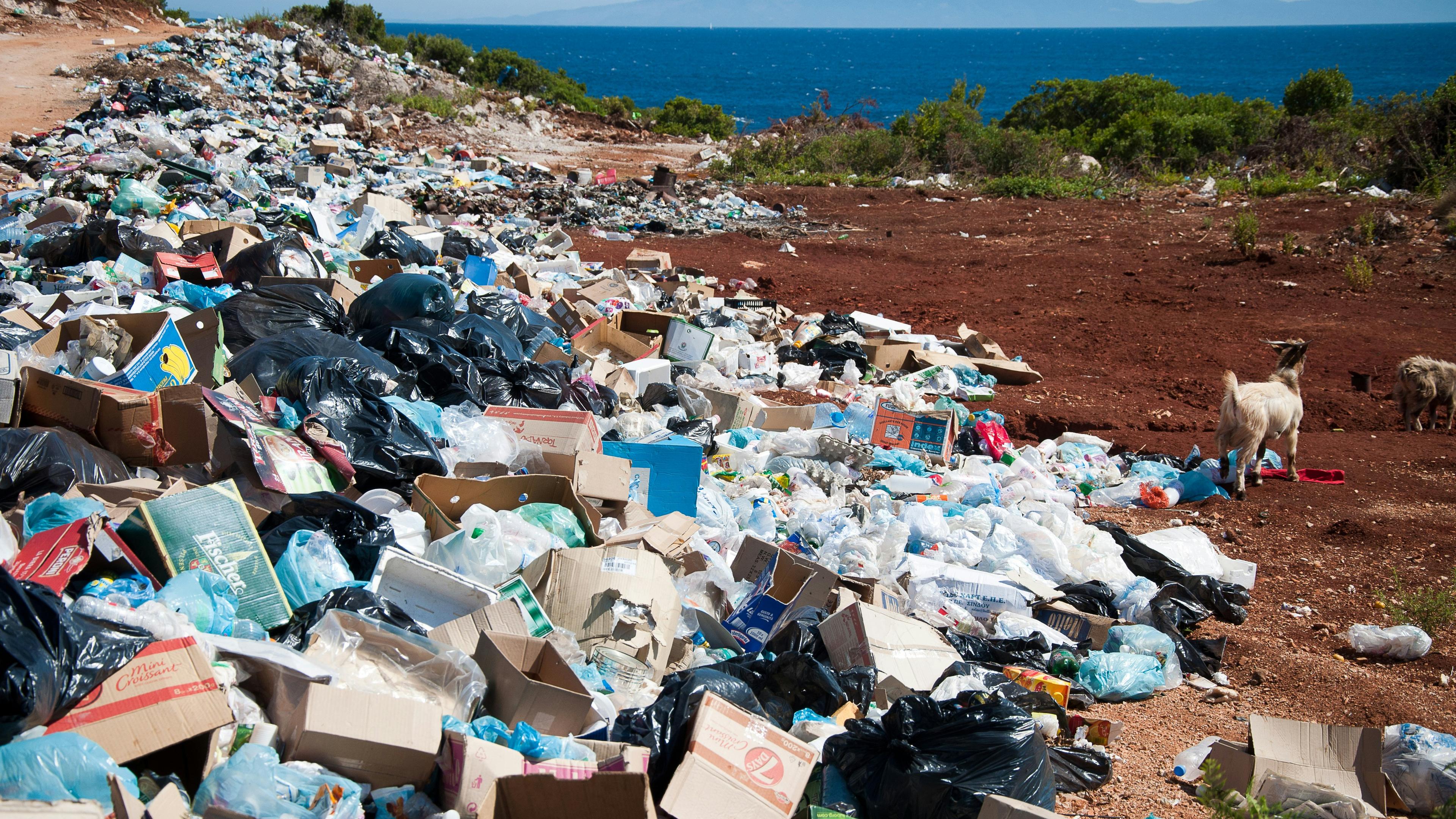Pyrolysis to Reduce Emissions from Waste – PREW
 © Antoine Giret
© Antoine GiretWhat is the challenge?
Humanitarian assistance has a significant environmental impact, with waste generation at the last mile being a major challenge. Without systematic collection or economically viable transport for recycling, much of this waste is either openly burned or dumped, leading to harmful emissions and accumulation of plastic in nature, particularly affecting low-infrastructure areas.
Improper waste disposal has severe impacts: it contaminates water, spreads diseases, disrupts ecosystems and pollutesair, land, and water. Poor energy availability hinders recycling and waste management. Tackling plasticwaste is crucial to reduce pollution and health risks.This project seeks to address the two major consequences of current waste disposalmethods for last mile waste: harmful emissions resulting from open bit burning and the accumulation ofplastic in nature from waste dumping.
What is innovative about the project?
To address the consequences of improper waste disposal, the project will design and test a new pyrolysis oven prototype that is specially designed to work in hard-to-reach areas, supporting local production. To mitigate pollution and health risks, the project will explore cleaner incineration through pyrolysis, which significantly reduces harmful local emissions when burning nonrecyclableplastics. The high temperatures reached in the pyrolysis process generate valuable surplusheat, which could be applied to various solutions such as water purification, desalination,waterborne heating systems or power generation. The appropriate application of the technology will depend on the needs identified in the needs assessment to ensure that the project meets local needs. This approach not only provides safer and cleaner waste management but also generates livelihood value through the exploitation of heat. Incorporating the livelihood aspect when designing the concept will help ensure that the solution iseconomically sustainable and user centric, two vital components for a viable final product.
What are the expected outcomes?
The project aims to reduce environmental pollution, lower greenhouse gas emissions, and provide economic opportunities for marginalized groups. By promoting sustainable waste management practices, the project will contribute to improved environmental health and social impact. The success criteria include the establishment of small waste management businesses, reduction in open burning and dumping, and increased recycling rates.
Who are the project partners?
The project is led by Engineers Without Borders Norwayin collaboration with Human Brights, World Food Programme and the Strømme Foundation.